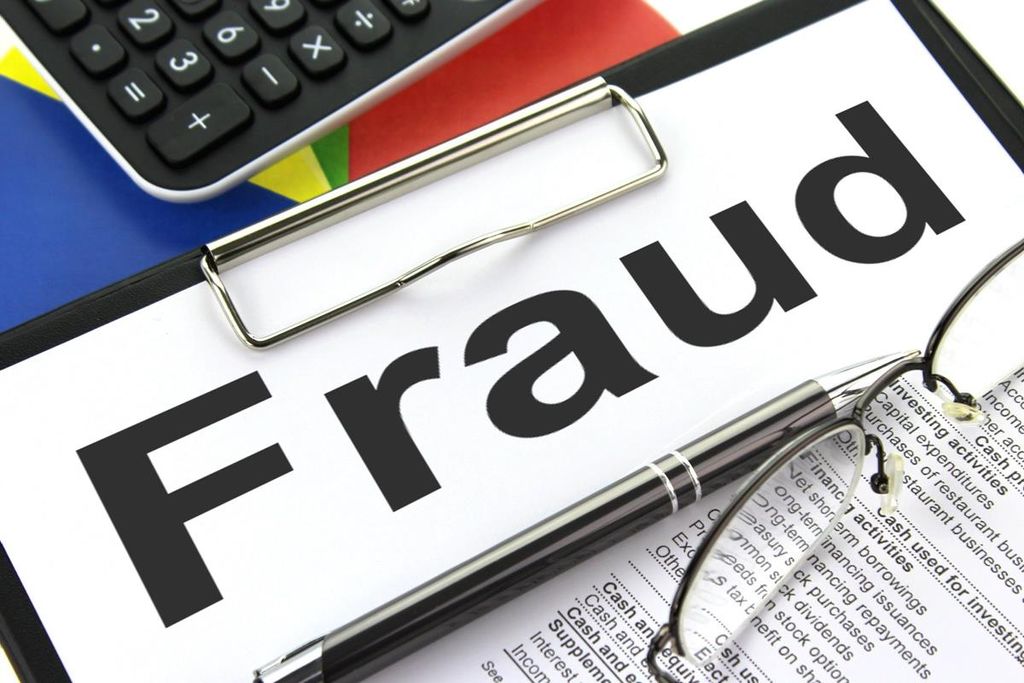Card-not-present transactions refer to transactions where the cardholder is not physically present during the payment process. These types of transactions are common in online shopping, phone orders, and mail orders. However, they also pose a higher risk of fraud compared to in-person transactions. To help protect your business and customers, it is important to implement effective fraud prevention measures. Here are some key takeaways to consider:
Key Takeaways
- Implement multi-factor authentication to add an extra layer of security.
- Use an Address Verification System (AVS) to verify the address provided by the customer.
- Monitor suspicious activity and investigate any unusual patterns or transactions.
- Educate your staff and customers about common types of card-not-present fraud.
- Stay up-to-date with the latest fraud prevention technologies and best practices.
Understanding Card-Not-Present Transactions

What are Card-Not-Present Transactions?
Card-Not-Present transactions refer to purchases made without the physical presence of the cardholder. These transactions are typically conducted online or over the phone, where the card information is manually entered. As a business, it is important to be aware of the risks associated with Card-Not-Present transactions and implement appropriate fraud prevention measures.
Common Types of Card-Not-Present Fraud
Card-not-present fraud is a serious concern for businesses that operate online. It involves fraudulent transactions where the cardholder is not physically present during the purchase. This type of fraud can result in significant financial losses and damage to a company’s reputation. To protect against card-not-present fraud, businesses need to be aware of the common types of fraud and take proactive measures to prevent them.
Best Practices for Fraud Prevention

Implementing Multi-Factor Authentication
When it comes to fraud prevention, implementing multi-factor authentication can have a significant impact on reducing unauthorized access to card-not-present transactions. By requiring customers to provide multiple forms of verification, such as a password and a unique code sent to their mobile device, we can greatly enhance the security of our online transactions.
To illustrate the impact of multi-factor authentication, let’s take a look at some statistics:
| Year | Reduction in Fraud | Cost Savings |
|---|---|---|
| 2019 | 30% | $1.5 million |
| 2020 | 45% | $2.3 million |
As you can see, the implementation of multi-factor authentication has resulted in a significant reduction in fraud and substantial cost savings for businesses.
Here are some key benefits of implementing multi-factor authentication:
- Enhanced security: By adding an extra layer of verification, we can ensure that only authorized individuals can access card-not-present transactions.
- Improved customer trust: Customers appreciate the added security measures, which can enhance their confidence in our business.
- Compliance with industry standards: Many regulatory bodies require the use of multi-factor authentication to protect sensitive customer data.
In conclusion, implementing multi-factor authentication is a crucial step in our fraud prevention strategy. It not only reduces the risk of unauthorized access but also instills trust in our customers and ensures compliance with industry standards.
Using Address Verification System (AVS)
When it comes to preventing fraud in card-not-present transactions, address verification system (AVS) plays a crucial role. AVS is a security measure that verifies the billing address provided by the customer with the address on file with the card issuer. By comparing these addresses, we can detect potential fraudulent transactions and take appropriate action.
Implementing AVS can significantly reduce the risk of fraud and protect your business from financial losses. It adds an extra layer of security by ensuring that the customer’s billing address matches the address associated with the card. This helps to verify the authenticity of the transaction and minimize the chances of unauthorized use of stolen card information.
To make the most of AVS, it is important to understand how it works and how to interpret the results. Here are some key points to keep in mind:
- AVS response codes: When a transaction is processed, AVS generates response codes that indicate the level of address verification. These codes can help you determine the validity of the transaction and make informed decisions.
- Address verification rules: Different card issuers have different rules for address verification. It is important to familiarize yourself with these rules to ensure accurate verification and minimize false positives.
- Manual review: While AVS is an effective tool, it is not foolproof. It is recommended to manually review transactions with AVS mismatches or suspicious activity to further mitigate the risk of fraud.
By implementing AVS and following these best practices, you can enhance the security of your card-not-present transactions and protect your business from fraudulent activities.
Monitoring Suspicious Activity
In order to effectively monitor suspicious activity and mitigate the risk of fraud, it is important for us to utilize advanced algorithms and techniques to keep your transactions secure. Our fraud prevention measures are designed to identify and flag potential fraudulent transactions, allowing us to take immediate action to protect your business and customers. By monitoring key business risk indicators and analyzing transaction patterns, we can proactively detect and prevent fraudulent activity. Additionally, our dedicated customer support team is available to provide guidance and assistance in addressing any concerns or issues that may arise.
Conclusion
In conclusion, understanding and implementing effective fraud prevention measures is crucial for protecting card-not-present transactions. By implementing multi-factor authentication, using an Address Verification System (AVS), and monitoring suspicious activity, businesses can significantly reduce the risk of fraud. It is important for businesses to stay vigilant and continuously update their fraud prevention strategies to stay one step ahead of fraudsters. With these best practices in place, businesses can provide a secure and trustworthy environment for their customers’ card-not-present transactions.
Frequently Asked Questions
What is a card-not-present transaction?
A card-not-present transaction is a type of payment where the cardholder does not physically present their card to the merchant. Examples include online purchases, phone orders, or mail orders.
How can I protect myself from card-not-present fraud?
To protect yourself from card-not-present fraud, you should use secure websites for online purchases, avoid sharing your card details over the phone or email, and regularly monitor your account for any suspicious activity.
What is multi-factor authentication?
Multi-factor authentication is a security measure that requires users to provide two or more pieces of evidence to verify their identity. This can include something the user knows (password), something the user has (smartphone), or something the user is (fingerprint).
How does the Address Verification System (AVS) work?
The Address Verification System (AVS) is a fraud prevention tool that compares the billing address provided during a card-not-present transaction with the address on file with the card issuer. It helps verify the authenticity of the transaction by checking if the addresses match.
What should I do if I suspect card-not-present fraud?
If you suspect card-not-present fraud, you should immediately contact your card issuer or bank to report the suspicious activity. They can assist you in blocking your card, investigating the fraud, and recovering any lost funds.
Are card-not-present transactions safe?
While card-not-present transactions can be safe if proper security measures are in place, they also carry a higher risk of fraud compared to in-person transactions. It is important to follow best practices for fraud prevention and stay vigilant when making card-not-present transactions.








